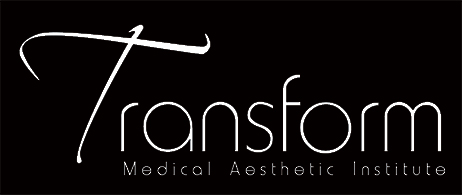What is Carboxy Therapy?
Carboxy therapy or Carbon Dioxide therapy is a safe, minimally invasive, clinically proven method to rejuvenate and restore dry and dull skin and treat fine lines, wrinkles and laxity. Carboxy therapy also improves acne, under eye circles and puffy eyes, due to its effect on vascular supply and lymph drainage. Carboxy therapy stimulates collagen production and therefore improves acne and surgical scars and stretch marks. The high pressure of the infused gas effectively treats cellulite and fat deposits. Carboxy therapy can also relieve pain, associated with muscle spasms.
Carboxy therapy was 1st used in French spa’s in the 1930’s in the form of heated, carbonated water and has, ever since, obtained FDA approval for its medical indications. It is suitable for all skin types and no skin preparation is needed.
A medical-graded, heated Carbon dioxide gas is injected into the skin with a fine needle. During the treatment, a pressure sensation can be experienced. This mild to moderate discomfort lasts 2 to 4 minutes. Carbon dioxide is 20 times more soluble than Oxygen and easily and rapidly diffuses from the injection sites to the surrounding tissues.
The gas is completely absorbed within 5 minutes and the treated area will become raised and turn slightly red as Oxygen perfuses the area. This increased influx of Oxygenated blood causes a temporary inflammatory response, which stimulates collagen and elastin production. Higher volumes of gas are infused into areas of cellulite or fatty deposits. This pressure helps to break down fat cells. The clinical appearance of cellulite, with its orange peel skin, is a result of fat, divided by fibrotic bands, which leads to poor circulation and poor lymph drainage. Therefore, Carboxy Therapy is an excellent treatment as it breaks down fat and fibrotic bands and improves the supply of oxygenated blood and clearance of lymph and toxins, which improve the quality and texture of overlying skin.
A course of 6 treatments is advisable for rejuvenation and restoration of the skin, whereas a course of 12 treatments should be undertaken if scars, stretch marks and severe forms of cellulite or fat deposits are treated. Treatment of venous stasis and impaired lymph drainage would necessitate ongoing maintenance treatments every 4-6 weeks.
Intervals are once to twice weekly for fat and cellulite treatments and weekly to 2-weekly for skin rejuvenation, dark circles, stretch marks and circulatory problems. After the initial course, maintenance sessions every 4 weeks can be undertaken or the course can be repeated every 6-12 months.
Following the procedure, there is no discomfort, but a crackling sensation of the skin can be experienced until the gas dissipates – approximately 24 hours. The area should not be immersed in water for about 4 hours after rejuvenation treatments and for 24 hours in the case of cellulite or fat reduction treatments. This includes swimming or taking a bath.
Patients, who receive body treatments, can return to work immediately after treatment. Bruising can occur and is more pronounced after fat reduction treatments. Bruising can last up to 7 days over facial areas, but up to 2 weeks over body areas, following fat/cellulite treatments. Swelling normally persists for only 4 hours, but in cases of congestion, swelling of the eye area can persist for up to 2 days. Light ice compression will help to relieve this.
Conditions
Cellulite
Dull Skin
Double Chin
Fatty Deposits
Orange Peel Skin
Wrinkles
Skin Rejuvenation
Rough Heels
Rough Texture
Crow’s feet
Sagging Skin


